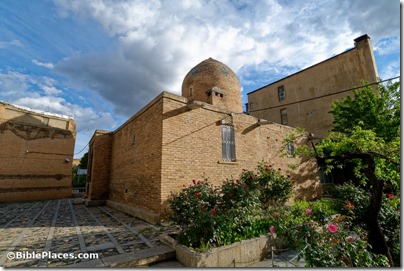The Tel Burna team has begun a survey of Khirbet ʿAter, a likely candidate for biblical Ether.
Bruno Soltic created a video on “Tel Burna – Week on a Dig,” featuring interviews with Itzick Shai, Steven Ortiz, Chris McKinny, and others.
Registration has now opened for next summer’s excavations at Tel Burna and Gath.
Sepphoris was an important city near Nazareth, and Wayne Stiles looks at its possible place in Jesus’s youth.
Bill Barrick posts about his visit to Sepphoris on a recent research trip, and he includes many photos.
Archaeology magazine has a feature on the dye industry at Tel Shikmona near Haifa.
Israel21c has identified “Israel’s best ancient toilets.”
Three individuals were arrested on suspicion of stealing antiquities from ancient Megiddo.
“In the hills of Timna in the Arava Desert, just north of Eilat, lies a secret lake that has become a magnet for some adventurous Israelis unable to travel abroad due to the coronavirus pandemic.”
Hebrew University has just released the first three volumes in the Tel Rehov final report series (scroll to the bottom).
Shalom Paul died earlier this week.
Israel’s Good Name made a number of outings this year to the Yavne dunes, finding it an ideal place for spotting birds, snakes, and other wildlife.
I am excited about this book forthcoming from Barry Beitzel: Where Was the Biblical Red Sea? Examining the Ancient Evidence. Beitzel defends the traditional location and shows why the Gulf of Aqaba hypothesis is impossible.
The Infusion Bible Conference (formerly the Institute of Biblical Context Conference) has just announced that the 2021 conference will be held in Franklin, Tennessee. This year’s topic is “Paul and His Roman World.”
HT: Agade, Joseph Lauer, G. M. Grena, Charles Savelle, Explorator
